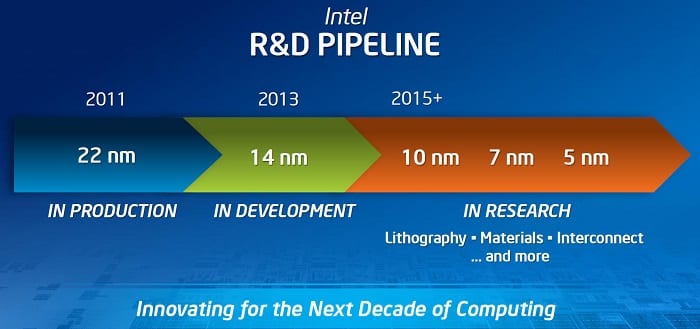We all know very well that the processor industry remains as active and powerful as it was a few years ago. One of the most promising for this coming year 2019 and early 2019 is the Qualcomm’s Snapdragon 855 which will be manufactured using TSMC’s 7nm Process.
Qualcomm’s Snapdragon 855 Will Be Manufactured Using TSMC’s 7nm Process
The processor industry remains as active and powerful as it was a few years ago. Although the novelties in the best processors are no longer as evident as in the past, large companies such as Qualcomm or TSMC work hard to offer us their best products. One of the most promising for this coming year 2019 and early 2019 is the Snapdragon 855.
Although Moore’s blessed law marks a path that little by little gets complicated, it never ceases to be surprising the tremendous effort that large companies make to manufacture the small devices that nowadays move the world. That is why with every advance in some of them the media is the first who echo the advancements.
The nanometers of the future
Before going deeply into the news published in Pocketnow, we must be clear about what nanometers are and what impact they have when manufacturing a processor. Summing up very quickly, with smaller architecture (nanometer), more transistors can be integrated into a SoC, so that greater power and efficiency is able to offer us when carrying out a process or task.
That’s why the nanometer race is so important. The manufacturer that manages to implement a smaller and more functional architecture will be the one that dominates the market of high-end processors, a market that is currently positioned as the most important in the technology industry.
Snapdragon 855, the new evolution
Although we currently have already presented the Snapdragon 845, which would arrive with a 10-nanometer architecture, its successor will go a little further. The future Snapdragon 855 will be implemented under a 7-nanometer architecture, a 3-nanometer jump that will allow smartphone manufacturers to have even more powerful and efficient smartphones than we have today.
With this new architecture, the giant chip maker Qualcomm manages to return to the top in an increasingly crowded market. While the South Korean giant Samsung, one of the most powerful companies in the sector, is also working on its Exynos, about which at the moment we have no news. Probably throughout this year 2019, we will know a little more about the most powerful processor of the firm.
Although the future processor of the giant chip maker Qualcomm will not see the light, at least implemented, until 2019, the indicative that we have already reached that architecture is undoubtedly very good news. Thanks to what we have been able to know today, the processor industry is more alive than ever and it is a matter of time before we have a new “beast” integrated into our smartphones.
So, what do you think about this? Simply share all your views and thoughts in the comment section below.

